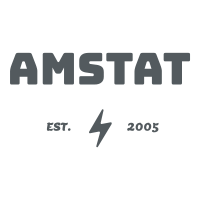We evaluated the health impacts of air pollution exposure on vulnerable populations. This project’s scope and the current proposal involve spatial analysis and the evaluation of environmental health risks. The focus on protecting public health in areas affected by air pollution aligns closely with the current proposal’s objectives of understanding the health responses to wildfires. This review offered high-level, comprehensive, cross-disciplinary guidance.
Special consultations were conducted with air quality experts, epidemiologists, and public health officials. Permits were also required to access sensitive public health records and air quality monitoring stations. We helped the team collect and analyze a comprehensive dataset, including air quality measurements from monitoring stations, satellite imagery of pollution dispersal patterns, demographic data, and health records detailing respiratory and cardiovascular conditions. This collection allowed for a nuanced understanding of how air pollution exposure impacts health across different regions and population groups.
We guided the team in overlaying the data layers using GIS to map the areas where populations were at the highest risk. The spatial analysis incorporated data on pollutant levels, seasonal variations, and geographic features to identify high-risk zones in which populations were exposed to multiple cumulative pollution events.
The findings revealed that air pollution mixtures significantly increased respiratory and cardiovascular health risks, particularly among populations with pre-existing conditions. Drawing from our knowledge of environmental health data and experience with spatial analysis, we provided valuable insights that directly informed the development of health interventions tailored to the most affected communities.
Based on these insights, we advised the development of a comprehensive public health response plan that included issuing timely health advisories during periods of high pollution exposure and establishing clean air shelters in most at-risk areas. Our experience developing digital outreach and engagement products was instrumental in ensuring that the public was well-informed about protective strategies, such as limiting outdoor activities during high-pollution events and using air purifiers.
This project had a significant impact in identifying high-risk zones and formulating actionable mitigation strategies. The project exceeded expectations by providing actionable insights to improve community preparedness and public health protections.
